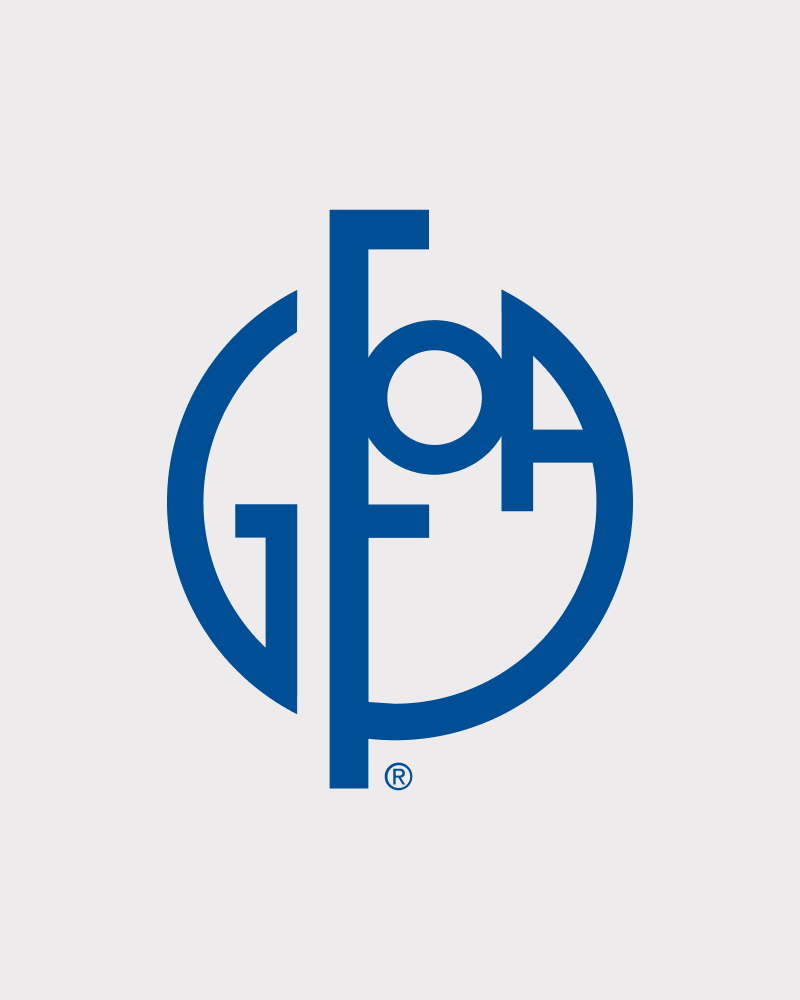Design Elements of Defined Benefit Retirement Plans
Compensation and Benefits
Design Elements of Defined Benefit Retirement Plans
Pension administrators and finance professionals should include essential elements in defined benefit plan design.
Board approval date: Thursday, February 28, 2008

